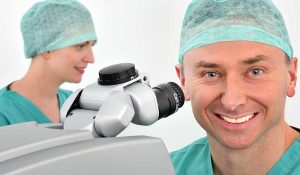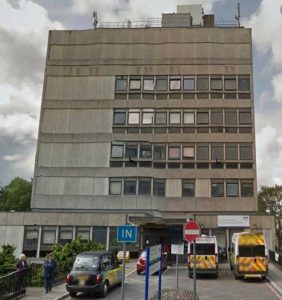In the second of our three part ‘All you need to know about cataract surgery’ blog, we lookout the major milestones in modern cataract surgery. Cataract surgery in its current form is 70 years old. During that time there has been a major innovation approximately every decade which has greatly improved outcomes. Here is a list of the 10 biggest improvements to cataract surgery during that time.
1. In 1949 surgeons started replacing the cataract with an artificial lens implant. This meant that patients no longer needed to wear very strong spectacles after cataract surgery.
2. Refinements to lens implant design in the 1960’s overcame many of the problems associated with early lens designs.
3. Introduction of ultrasound probe technology in the 1970’s meant that cataracts could be dissolved inside the eye, and incisions could be made much smaller.
4. In the 1980’s a more controlled technique for opening up a cataract known as a ‘capsulorhexis’ was devised. This led to less damage inside the eye and better positioning of the lens implant.
5. In the 1980’s the introduction of blunt cannula anaesthetic meant that some of the rare but serious complications of sharp needle anaesthetic could be avoided.
6. Development of folding lens implants in the 1980’s meant that cataract surgery could be carried out with even smaller (3-4mm) incisions.
7. In 1999 the first presbyopia correcting lenses were introduced in USA. These allowed for the correction of near and distance vision without the need to wear spectacles. Initially three different lens designs were introduced. These early multifocals worked well but often had problems with night time glare. The last 20 years have seen marked improvements in multifocal lens design.
8. Development of memory polymer injectable lenses has allowed the average incision size for cataract surgery to reduce to 2mm.
9. Introduction of antibiotic solutions which fill the eye at the end of cataract surgery has greatly improved safety. The incidence of serious infection after surgery has now reduced from one in a few hundred to one in a few thousand in experienced hands.
10. Preoperative eye measurements are much more accurate than ever before, allowing surgeons to calculate the correct strength of lens implant with higher levels of accuracy than in previous years.
Read part one of the ‘All you need to know about cataract surgery’
Read part three of the ‘All you need to know about cataract surgery’


